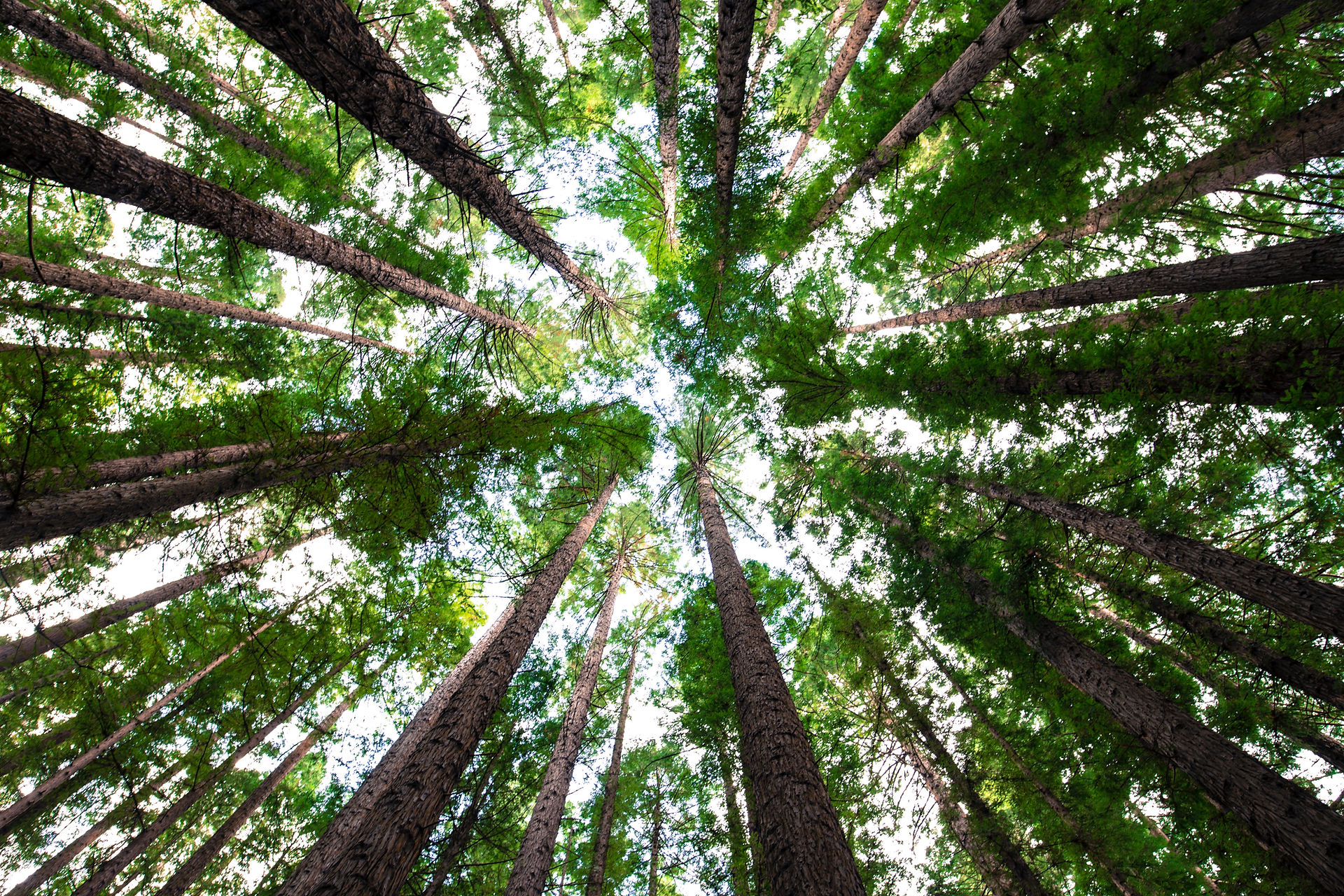
Conclusion
Currently, rough skin newts are one of the most common amphibian species in the Pacific Northwest. Our Maxent models have shown that although they are an abundant species, their habitat niche occupies only 4.6% of the area. In the face of climate change however, it seems that newt distributions will expand, growing in size by 100% by 2050, though overall suitability of habitat niches will decline. However, after accounting for human land use constraints, in Washington and Oregon, this drops to a mere 11% increase. To better understand habitat niches of Taricha granulosa and conserve them in the future, we recommend further study in the area. While we have presented a preliminary model, more detailed analyses should be carried out that accounts for land use variables, sea level rise, and other biological variables. For example, a 2017 study on the impacts of salinity and temperature on rough skin newt egg survivability found that ambient water salinity made a large contribution to egg hatching rate (Hopkins, French, and Brodie, 2017), which is a variable unaccounted for in our study.

A rough skin newt (Source: US Fish & Wildlife Services)